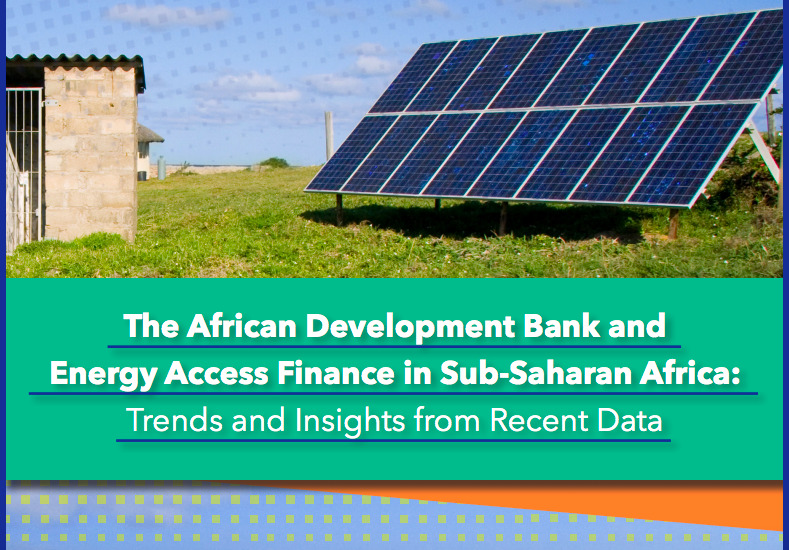Oil Change International, Friends of the Earth U.S.

November 2018
Download the low-bandwidth version of the report for slower connections.
A new analysis of the energy finance provided by the African Development Bank (AfDB) shows that while financing for clean energy access has increased since the bank’s landmark New Deal on Energy for Africa, support for off-grid and mini-grid solutions – often the fastest and most affordable energy access solutions – must accelerate if Africa is to realize universal energy access by 2030.
Concurrently with the report release, over 60 civil society organizations sent a letter to AfDB decision-makers reiterating the findings of the report and urging the bank to increase funding for energy access.
The key findings of the report include:
- AfDB finance for energy access appears to have increased dramatically, from approximately 11 percent of AfDB’s total energy approvals in 2014 to 66 percent in 2017.
- On average, the AfDB approved about USD 407 million per year for energy access in sub-Saharan Africa.
- However, while the share of AfDB finance for off-grid and mini-grid solutions increased after the launch of the New Deal on Energy for Africa, from 3 percent of energy approvals in 2014 and 2015, to 6.6 percent in 2016 and 2017, this figure remains far too low to put AfDB on track in meeting its own commitments. This finance is expected to deliver energy access to over three million people. The AfDB’s 2025 target is to deliver 75 million off-grid connections.
- The AfDB’s support for clean cooking remains extremely low, at less than one percent of its energy finance
The report recommends, that to achieve its 2025 energy access targets, the AfDB should:
- Increase resources for distributed renewable energy and clean cooking to reflect their importance in achieving development outcomes.
- Mandate meaningful civil society participation, which is critical to enhance outcomes, including in country strategy development processes.
- Ensure energy access resources flow to countries with lower levels of energy access, and to poorer communities within countries that have relatively higher levels of access. It is notable, for example, that Kenya has received significantly more energy access finance from the AfDB than other countries–nearly twice as much as Côte d’Ivoire, the next largest recipient. Development assistance should target contexts with large access deficits where other finance is unlikely to flow.
- Use all the financial tools at its disposal to support scaled-up finance for energy access. This includes guarantees and risk mitigation instruments.
- Build capacity of local and regional financial institutions to finance energy access solutions. In recent years, the AfDB appears to have increased its provision of general credit lines to regional and local banks. The AfDB could leverage its relationships with local banks to build capacity to extend local currency finance to small and medium enterprises operating in the distributed renewables sector, and to build institutional familiarity with renewable technologies and models of energy service provision.
Download the low-bandwidth version of the report for slower connections.

